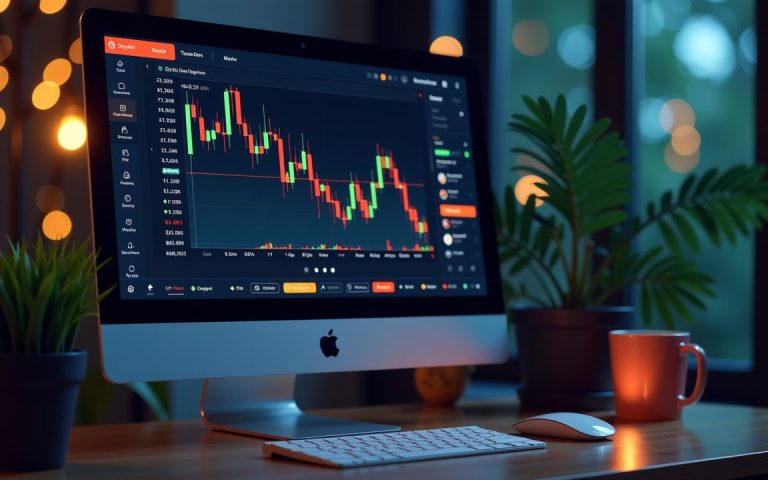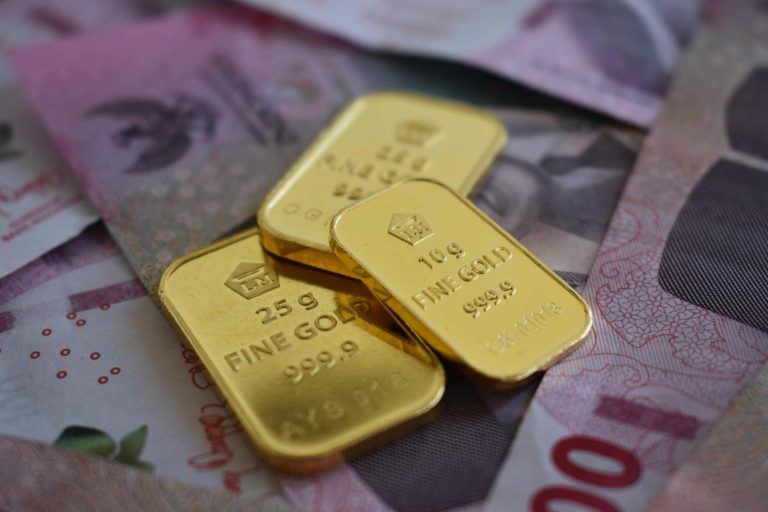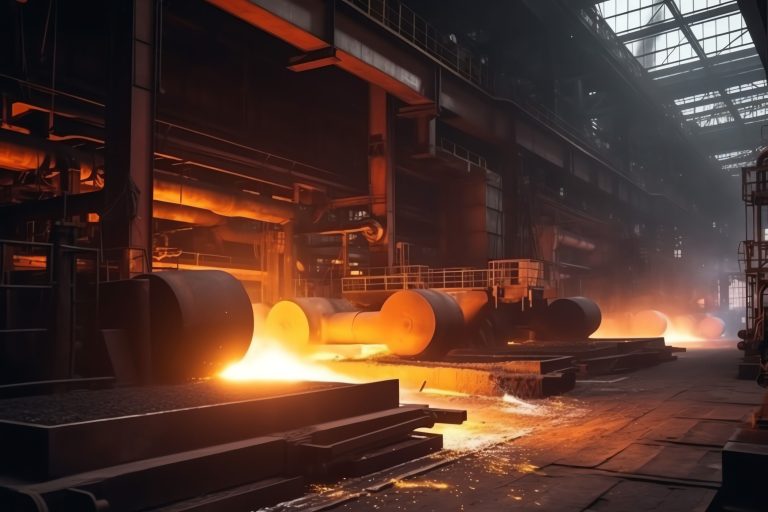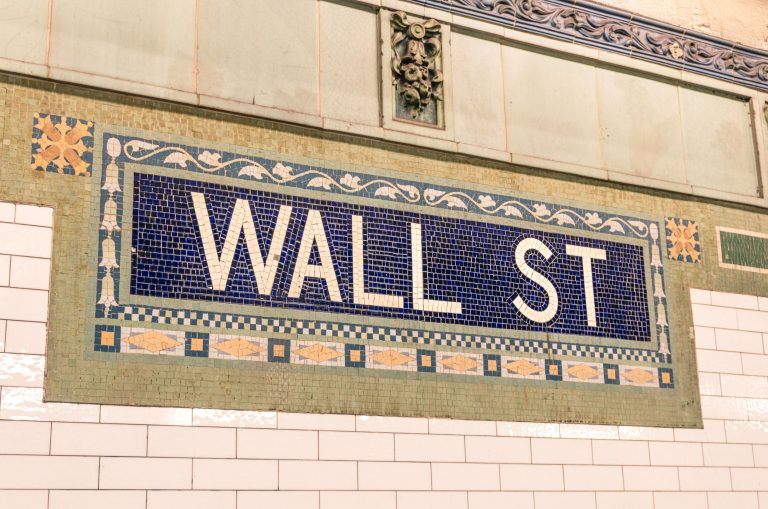Indian equity benchmarks surged dramatically at the opening bell on Tuesday, propelled by widespread investor optimism after the United States administration signaled a temporary reprieve for electronics from recently announced steep tariffs.
The positive momentum reflected gains seen across global markets, although underlying uncertainty about the future of US trade policy persisted.
The market reaction was immediate and robust. By 9:17 am, the BSE Sensex had rocketed 1,552 points, a gain of 2.06%, to trade at 76,709.
Simultaneously, the Nifty50 index climbed 476 points, or 2.09%, crossing the significant 23,300 mark to reach 23,305.
This sharp upward movement was fueled by news over the weekend that the US would exclude smartphones, computers, and various other electronic components from its proposed “reciprocal” tariffs.
This decision provided a crucial dose of relief after President Donald Trump had initially announced sweeping tariffs on all US imports earlier in the month.
While a subsequent 90-day pause was granted for many countries, China remained excluded, and the status of specific product categories had remained a point of significant market anxiety.
The rally on Dalal Street was characterized by broad-based buying, indicating strong investor confidence across multiple segments of the economy.
Within the Sensex pack, automotive giants Tata Motors and M&M, along with heavyweight financials HDFC Bank and ICICI Bank, and engineering conglomerate L&T, emerged as top gainers, with some rising as much as 5%.
Selling pressure was minimal, with only a handful of stocks like Nestle India, HUL, and ITC opening marginally lower.
Sectoral indices painted a similar picture of widespread gains. The Nifty Auto and Nifty Realty indices led the charge, each jumping over 3%.
Other key sectors, including Nifty Financial Services, IT, Metal, Pharma, Consumer Durables, and Oil & Gas, also posted healthy gains, opening between 1% and 2% higher.
Auto stocks accelerate on further exemption hopes
The automotive sector received an additional boost from hints that cars might also receive some relief from existing duties.
Stocks like Tata Motors, M&M, Bharat Forge, and Samvardhana Motherson International surged by up to 7% after President Trump suggested possible exemptions from the prevailing 25% tariffs on automobiles could be forthcoming.
This positive sentiment extended across most of Asia, with regional stock markets largely tracking Wall Street’s recent gains.
US markets had posted two consecutive days of advances, driven by optimism over potential tariff exemptions and supported by a series of positive bank earnings reports.
However, the optimism was not universal, nor was it unbounded. Chinese stocks proved an outlier, oscillating between gains and losses as Beijing remains locked in a direct and escalating trade dispute with Washington.
While Chinese markets found some solace in the electronics exemption, President Trump’s subsequent statements emphasizing the temporary nature of any relief capped enthusiasm.
Furthermore, a sense of caution permeated trading floors globally. Investors remained wary of potential further trade escalations and the general uncertainty surrounding tariff policies.
This was reflected in a slight dip in US stock futures during Asian trading hours, with S&P 500 Futures edging down 0.1%.
Market participants were also mindful of potentially lower trading volumes and the risk of sharp swings ahead of the Good Friday holiday later in the week.
The post Sensex soars over 1500 points, Nifty tops 23,300 as US tariff relief ignites rally appeared first on Invezz










